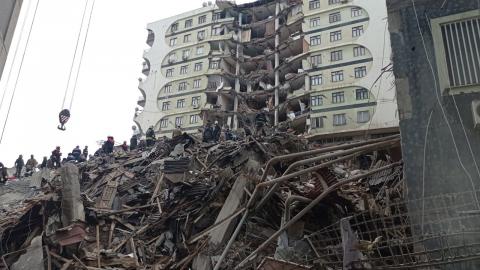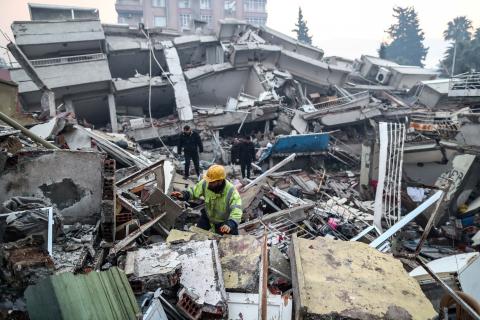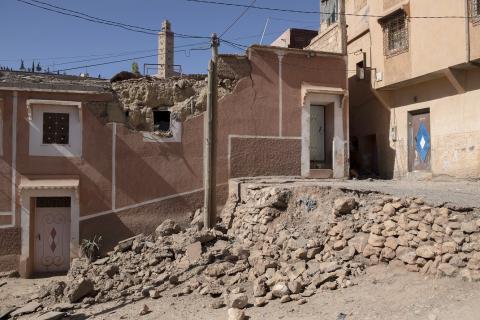Reaction: some large earthquakes can emit signals months before they occur
According to research published in the journal Nature Communications, the magnitude 7.8 earthquake that was felt in parts of Turkey and Syria in February this year emitted detectable signals eight months before it struck. Although it is currently not possible to predict the magnitude, time and location of earthquakes in the short term, these results would indicate that some large earthquakes may show a detectable preparation phase. However, the authors admit that, due to the large number of variables, recognising these signals and using them for medium-term earthquake prediction remains a challenge.

Terremoto - Vinnell (EN)
Lauren Vinnell
Lecturer of Emergency Management, Joint Centre for Disaster Research, Massey University (New Zealand)
Any research which advances our understanding of earthquakes is valuable. As the authors say, however, we are still a way off immediate-term earthquake 'warnings' (their research deals with forecasting, which is notably different from warning).
If it were found to be possible to forecast large earthquakes in New Zealand, it would be important to communicate exactly what this means, and what it doesn’t mean, to the public. As we can see from how some people talk about weather forecasts, it would be important to make clear that forecasting is not the same as predicting. Assuming such forecasting could eventually be implemented in New Zealand, false positives, where an earthquake is forecasted but does not occur, could impact trust and perceived credibility in the forecast source, along with significant social and economic impacts of any measures which were taken in response to the forecast such as mass relocation.
We would also have to worry about 'missed' earthquakes, where an earthquake occurs without being forecasted. One concern with earthquake forecasting, like earthquake early warning, is that some may assume that because we can forecast or warn for some earthquakes, then we can forecast or warn for them all. This might mean that people delay taking protective actions like drop, cover, and hold when they feel the ground start to shake because they assume it’s not an earthquake based on not having received a forecast or warning for it.
Kwiatek et al.
- Research article
- Peer reviewed



